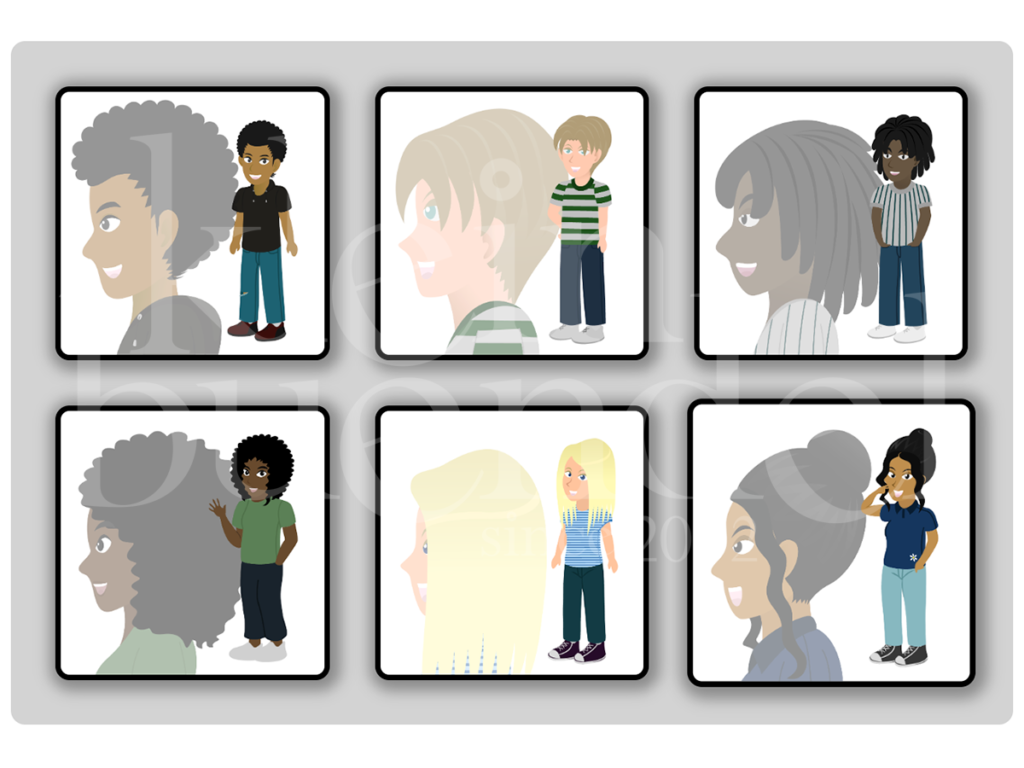Collaborator Spotlight: Dr. Christopher Houck
Christopher Houck, Ph.D., collaborates with Klein Buendel investigators and its Creative Team on multiple behavioral research projects. His research interests focus on affect management for early adolescents and the development and evaluation of risk prevention interventions for at-risk early adolescents. He conducts research on factors related to adolescent risk behaviors, especially sexual behaviors and dating violence risk, and the role of emotion regulation in health behavior interventions.
Dr. Houck is a Professor of Psychiatry and Human Behavior and a Professor of Pediatrics at Brown University. He is the Director of the Clinical Child Psychology Specialty Program for postdoctoral training in the Brown Clinical Psychology Training Consortium’s Postdoctoral Fellowship Training Program. He also works as a staff psychologist in the Department of Child and Adolescent Psychiatry at Rhode Island Hospital. It is in this capacity at Rhode Island Hospital that Dr. Houck is currently leading two research projects in conjunction with Klein Buendel that are funded by the National Institutes of Health:
An Interactive Education Program to Reduce High Risk Behavior in Adolescents (HD110333)
Klein Buendel Investigator, Ms. Julia Berteletti, is collaborating with Dr. Houck to develop and evaluate the impact of an emotion regulation program for adolescents. iTRAC is a web-based program for “Talking about Risk and Adolescent Choices” to prevent risky sexual behavior and negative sexual health outcomes through emotion regulation strategies.
Emotion Regulation Intervention to Prevent Substance Use Among Youth in the Child Welfare System (DA059785)
Klein Buendel Investigators, Ms. Julia Berteletti and Dr. W. Gill Woodall, are collaborating with Dr. Houck and Dr. Stephanie Parade from Brown University on this 5-year project to integrate substance use content with iTRAC emotion regulation material to reduce substance use among child welfare involved youth. The web-based intervention is being developed and evaluated in partnership with the Rhode Island Department of Children, Youth, and Families.
Dr. Houck earned his B.A. degree from the University of Michigan in 1996. He completed his Ph.D. in Clinical and Health Psychology from the University of Florida in 2002. He completed his internship at the Children’s Hospital of Orange County in Orange, California and a postdoctoral fellowship at Brown University.





